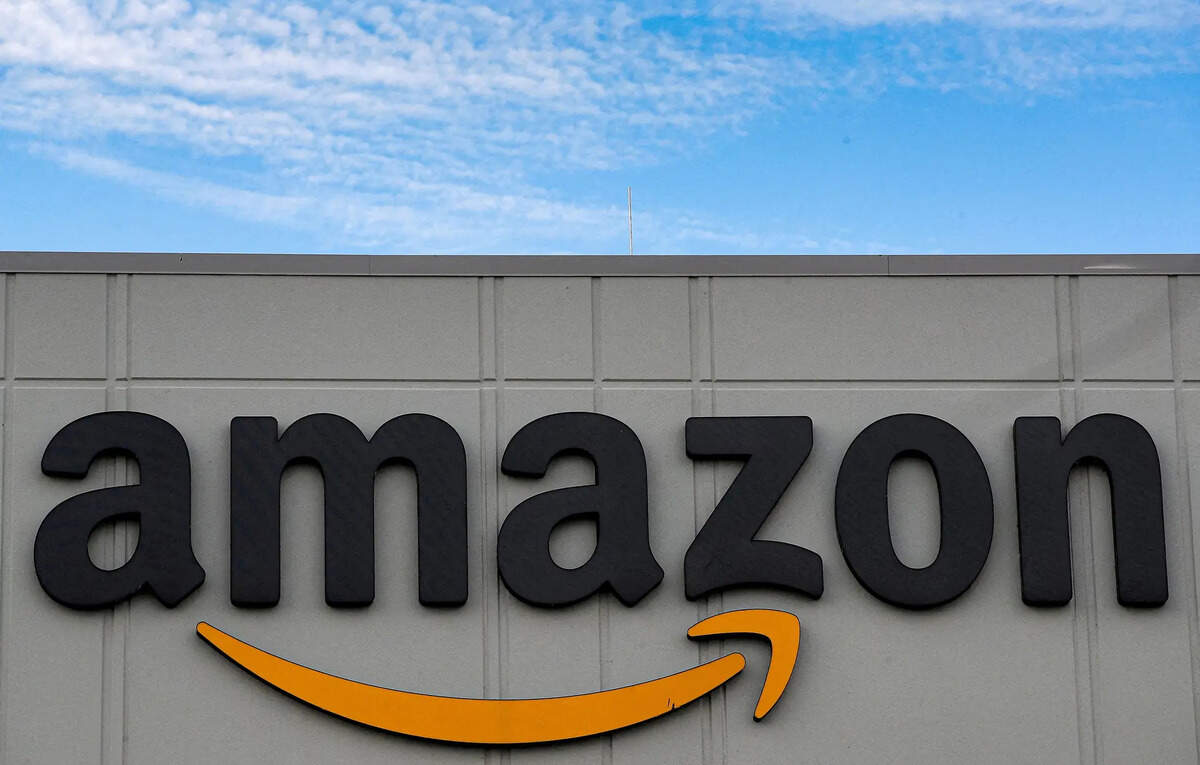Thinking of Buying Amazon Stock? The Company's Biggest Moneymaker Might Surprise You.
(NASDAQ: AMZN) has a clear public-facing business -- its retail website. The company's nearly ubiquitous delivery trucks provide a daily reminder of just how much shopping gets done through the e-commerce site.
But this is really just a facade, and you'll start to see that once you dig into the company's earnings statement. Here's what you need to know about Amazon before you buy its stock.
Our analyst team just revealed what they believe are the to buy right now.

Image source: Getty Images.
In the first quarter of 2025, Amazon recorded nearly $64 billion worth of product sales. That's a massive figure by any stretch of the imagination. The company is clearly a retailer and an important one. But when you move down its income statement, some interesting numbers start to show up.
Specifically, the company's cost of sales figure, which includes "the purchase price of consumer products, inbound and outbound shipping costs, including costs related to sortation and delivery centers and where we are the transportation service provider, and digital media content costs where we record revenue gross, including video and music." There's a lot in there to dig through.
First off, cost of sales basically includes the costs of the products Amazon sells. That makes sense. It also includes the expenses involved in moving and sorting those products, which again seems pretty logical. But then there are its digital media content costs -- rolling those up into this metric seems odd.
However, the media business was built around Amazon's Prime offering, which pairs free shipping with streaming. Streaming is, in this case, an enticement to consumers, luring them to pay Amazon those annual subscription fees for its loyalty program. In that context, including its costs along with product sales makes sense. The problem here is that the cost of sales in the first quarter was nearly $77 billion, more than $10 billion more than its product sales.
From this perspective, Amazon is a big retailer, but it is also a pretty terrible retailer.
It's a good thing that product sales is just one of the company's two main lines of revenue. The other is services, where it generated $92 billion in income in the first quarter. Services is a broad category that includes "third-party seller fees, which includes commissions and any related fulfillment and shipping fees, AWS sales, advertising services, Amazon Prime membership fees, and certain digital media content subscriptions."
There are a couple of key points to take away from this. First, Amazon profits significantly from being a sales platform for others. Second, its cloud business is a big part of its overall revenue stream. And third, it records the benefits from its membership fees under service sales, but counts the costs in its cost of sales, which pairs up more closely with product revenue.
The metrics for its retail business would likely look better if it didn't do that, but then its services business would look worse. And services end up being the big driving force in the end because these businesses allow Amazon to spend once to build something and then charge multiple customers fees for using what was built. That one-to-many design is why the company is so important in the retail and technology spaces.
Amazon's e-commerce site is an example, with outside sellers using Amazon's existing infrastructure and generating additional services income for the company. But AWS, its cloud infrastructure business, is an even better example. Amazon's cloud service is used by many customers, but after its costs are covered, the revenue from each new customer is practically free.
It wouldn't be fair to say that the company's retail business isn't important. However, Amazon is really a service company built around a publicly facing retail company.
All in, Amazon generated revenue of roughly $156 billion in the first quarter, with services providing nearly 60% of the total. Its operating costs came in at $137 billion, with just over 55% of that figure represented by what amount to product costs. Operating income was a huge $18 billion.
While Amazon clearly built its business on retail sales, the genius of the company and its real strength has been its expansion into services. And that is going to be the far more important driver of its long-term performance given how much more services revenue adds to the top line than they cost to produce. In other words, as an investor, you probably shouldn't think of Amazon as a retailer.
Before you buy stock in Amazon, consider this:
The Motley Fool Stock Advisor analyst team just identified what they believe are the for investors to buy now… and Amazon wasn’t one of them. The 10 stocks that made the cut could produce monster returns in the coming years.
made this list on December 17, 2004... if you invested $1,000 at the time of our recommendation, !* made this list on April 15, 2005... if you invested $1,000 at the time of our recommendation, !*
See the 10 stocks »
*Stock Advisor returns as of May 19, 2025
John Mackey, former CEO of Whole Foods Market, an Amazon subsidiary, is a member of The Motley Fool's board of directors. Reuben Gregg Brewer has no position in any of the stocks mentioned. The Motley Fool has positions in and recommends Amazon. The Motley Fool has a disclosure policy.
Disclaimer: For information purposes only. Past performance is not indicative of future results.






:max_bytes(150000):strip_icc()/052125-fashion-deals-soc-6d6bc3ced7ba49128d898019bf8b88ae.jpg)


